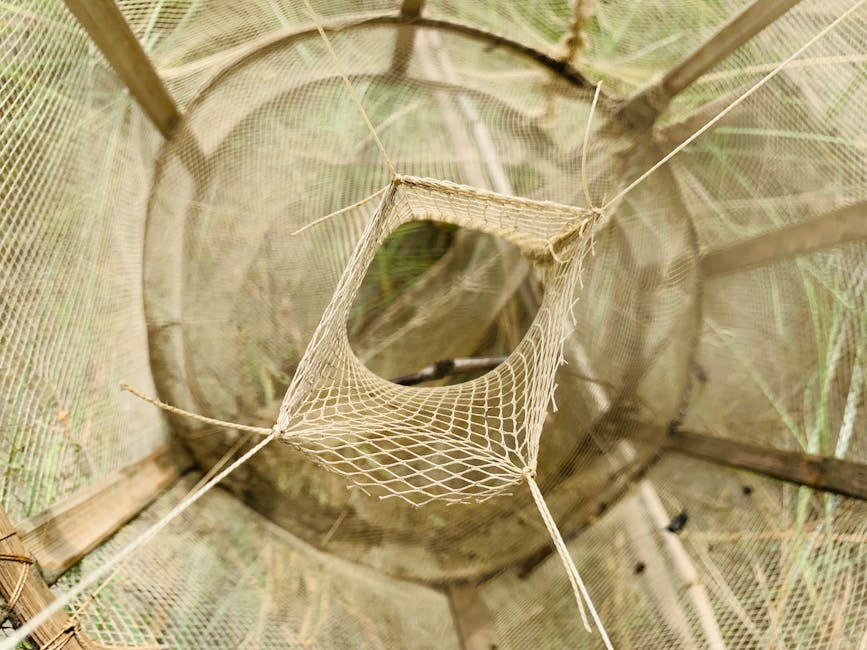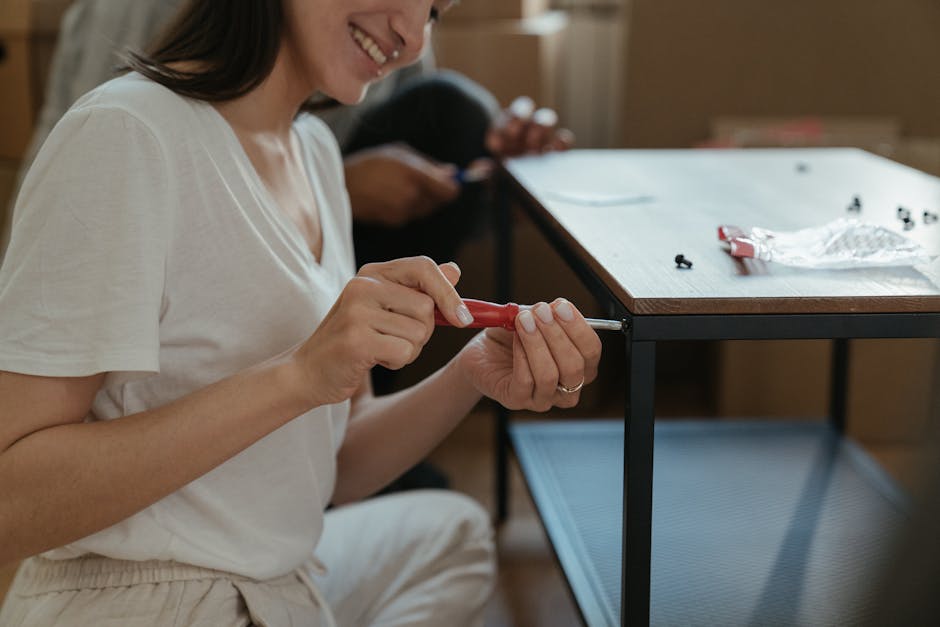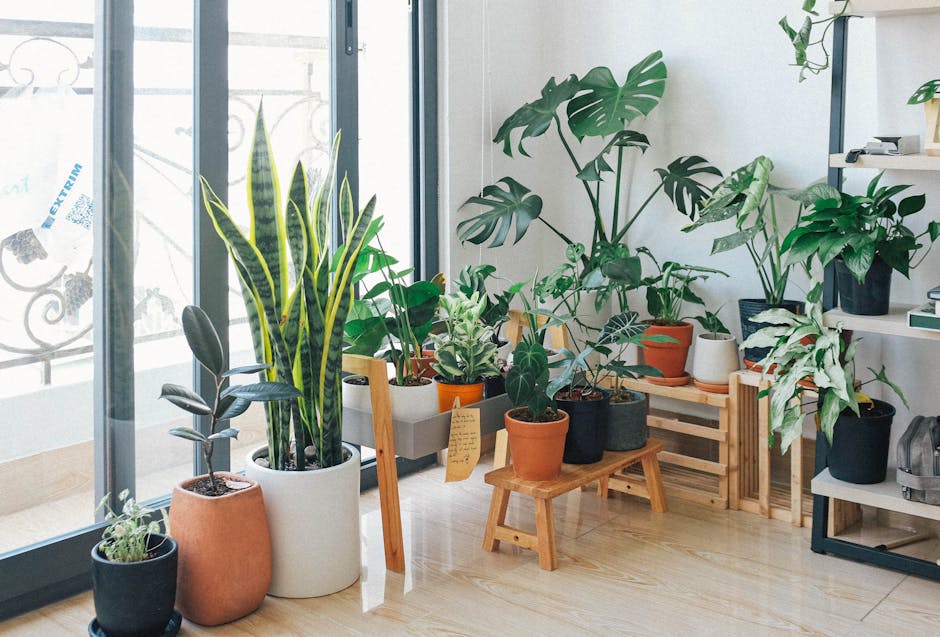Reviving Forgotten Crafts: The Circular Economy for Modern Sustainability
In a world that's increasingly concerned about its environmental footprint, the revival of traditional crafts offers a potent solution. As we navigate the complexities of sustainable living, a growing number of people are discovering that the key to a sustainable future may lie in the age-old skills of our ancestors. This dynamic intersection of craft and sustainability is not just about nostalgia; it’s about reimagining our economy through a circular lens. By exploring and reviving these forgotten skills, we can transform our lifestyles while nurturing the planet.
The Essence of the Circular Economy and Craftsmanship

The circular economy is built on the principle of reuse, regeneration, and sustainability, contrasting sharply with the conventional linear model of “take, make, dispose.” In this context, craftsmanship plays a vital role. Traditional skills such as weaving, pottery, and woodworking are not merely artisanal pursuits; they represent sustainable practices that prioritize longevity and quality over fast consumption.
Think about it: The mass production of goods often leads to waste and environmental degradation. Craftsmanship, on the other hand, emphasizes slow production and intentionality. When we create products with our own hands, we become more aware of the resources we use and the waste we generate. This awareness is the first step to a more sustainable lifestyle.
Bridging Past and Present: The Need for Skill Revival

Skills that were once commonplace—like dyeing textiles with natural ingredients or creating tools from local materials—are now considered niche or outdated. But what if we viewed these skills not as relics of the past, but as guides for sustainable innovation? Reviving these techniques can help us reduce our reliance on synthetic materials and energy-intensive manufacturing processes.
For instance, consider the art of natural dyeing. Ancient cultures around the world used plants, minerals, and insects to dye fabrics. These methods are not only eco-friendly but also promote biodiversity by encouraging the use of native flora. Revitalizing such skills can lead to a resurgence of sustainable fashion that challenges the fast fashion industry—explore more about sustainable styles and practices in our article on zero waste wardrobes.
The Eco-Friendly Impact of Ancestral Crafts

Reviving forgotten crafts impacts not just the environment but also our local communities. Craftsmanship can serve as a powerful vehicle for economic sustainability, fostering local artisans and supporting community economies. This could mean fewer carbon emissions from transportation, increased local jobs, and a richer cultural tapestry within our neighborhoods.
For those new to crafting, starting small can make a huge difference. Consider taking a local workshop to learn about your region's heritage craft. By fostering local business and craft communities, we also enrich our social fabric, reminding ourselves that the items we create don’t just serve a function; they tell a story.
Crafting a Path for Future Generations

It is crucial for today's youth to gain access to these ancestral skills. Learning these crafts instills a connection to our roots, a respect for the value of handmade goods, and a greater understanding of sustainability. Schools and local programs can encourage young people to engage with traditional crafts, ensuring these skills aren’t lost to time.
This engagement doesn’t have to be limited to programming that happens in classrooms. Family activities, such as visiting a local craft fair or participating in community workshops, can seamlessly introduce the younger generation to these practices. The journey of creating together fosters relationships, all while embedding eco-consciousness into daily life.
Making Crafting Eco-Friendly: Tools and Techniques

While reviving forgotten crafts, attention must also be paid to the materials we use. The rise of eco-friendly materials is encouraging artisans to seek sustainable alternatives. Biodegradable glues, organic dyes, and recycled fibers are just a few options available to those wishing to create with the environment in mind.
Additionally, sharing resources is vital in the crafting community. Many experienced artisans advocate for sharing tools and materials, so you can try different mediums without investing heavily at the outset. This sickle-cycle of sharing also embodies the circular economy! Consider starting a local program or a maker’s cooperative to facilitate this exchange.
Explore how repurposing everyday items can become a craft in itself. With the right mindset and a little creativity, you can turn ‘waste’ into functional and beautiful pieces. Dive deeper into this technique in our article on how to transform waste into wonder.
Celebrating Craft Culture Around the World

Every culture around the globe boasts its own unique crafts, each with its eco-friendly principles imbued within. The Maori of New Zealand, for instance, have long practiced weaving and carving, using sustainably sourced materials. Meanwhile, in Africa, artisans create intricate baskets and pottery from natural fibers and clay that promote circular material use.
Connecting with local craft practices not only educates us about different sustainable techniques but also highlights the importance of cultural heritage in sustainable living. Engaging with these traditions fosters a greater appreciation for global perspectives on sustainability. By exploring local resources, such as community festivals, we can better understand how diverse cultures integrate sustainable practices.
Practical Steps for Embracing Craftsmanship in Daily Life

Making craftsmanship part of your daily life doesn't have to be overwhelming. Here are some intuitive ideas to incorporate reviving ancestral skills: 1. Start Garden Crafts: Wordlessly a simple herb garden or vegetable patch can introduce you to the joys of gardening. Plant herbs like basil or rosemary and then learn to dry and create your own herbal teas. 2. Attend Workshops: Look for workshops in your area where you can learn about different crafts like pottery, weaving, or woodworking. 3. DIY Projects: Embark on DIY home décor projects using recycled materials or upcycling. Check out our guide on biophilic design to learn how to enhance your home’s health naturally. 4. Join Local Craft Groups: Seek out local craft groups or communities on platforms like Meetup. Engaging in social crafting can inspire creativity and foster sustainable practices as you learn from each other.
The Role of Technology in Craft Revival

In today’s digital age, many artisans are utilizing online platforms to share their skills with a wider audience. Websites like Etsy have made it easier for creators to sell unique handmade goods, while social media can serve as a medium for tutorials and community connection. These platforms can ignite a spark of curiosity in traditional crafts, making them accessible to individuals across the globe.
Moreover, technology can aid in research, allowing craftspeople to explore new techniques and sustainability practices. For a look into how technology can enhance your sustainable journey, read our article on optimizing sustainable living with AI.
The Future of Craft and Sustainability

The future is bright for those who blend the wisdom of ancestral crafts with modern sustainability practices. By marrying the skills of the past with innovative approaches, we can cultivate a more harmonious relationship with our planet. This doesn't merely state that we should abandon modern conveniences; instead, it asks us to critically engage with them, doing so in ways that honor sustainable principles.
As we continue to share and revive forgotten skills, we create an educational space for future generations. Encouraging conversations about sustainable living in every household and recognizing the worth of craftsmanship lays the groundwork for systemic change.
Final Thoughts
Reviving the circular economy of forgotten crafts is not only a pathway to sustainable living; it’s a collective journey that reconnects us with our heritage, resources, and communities. As you step into the world of ancestry-inspired crafts, consider how your unique experiences can contribute to a mosaic of sustainable practices. Every stitch, carving, and creation you make breathes new life not only into your home but also into a more environmentally conscious world.
Rediscover your potential as a creator and nurturer of the earth by bringing crafts back to life and reclaiming your role in a resource-conscious world.
Now is the time to embrace the beautiful harmonies of the past and present. Start your journey into the world of craftsmanship and sustainability today.



